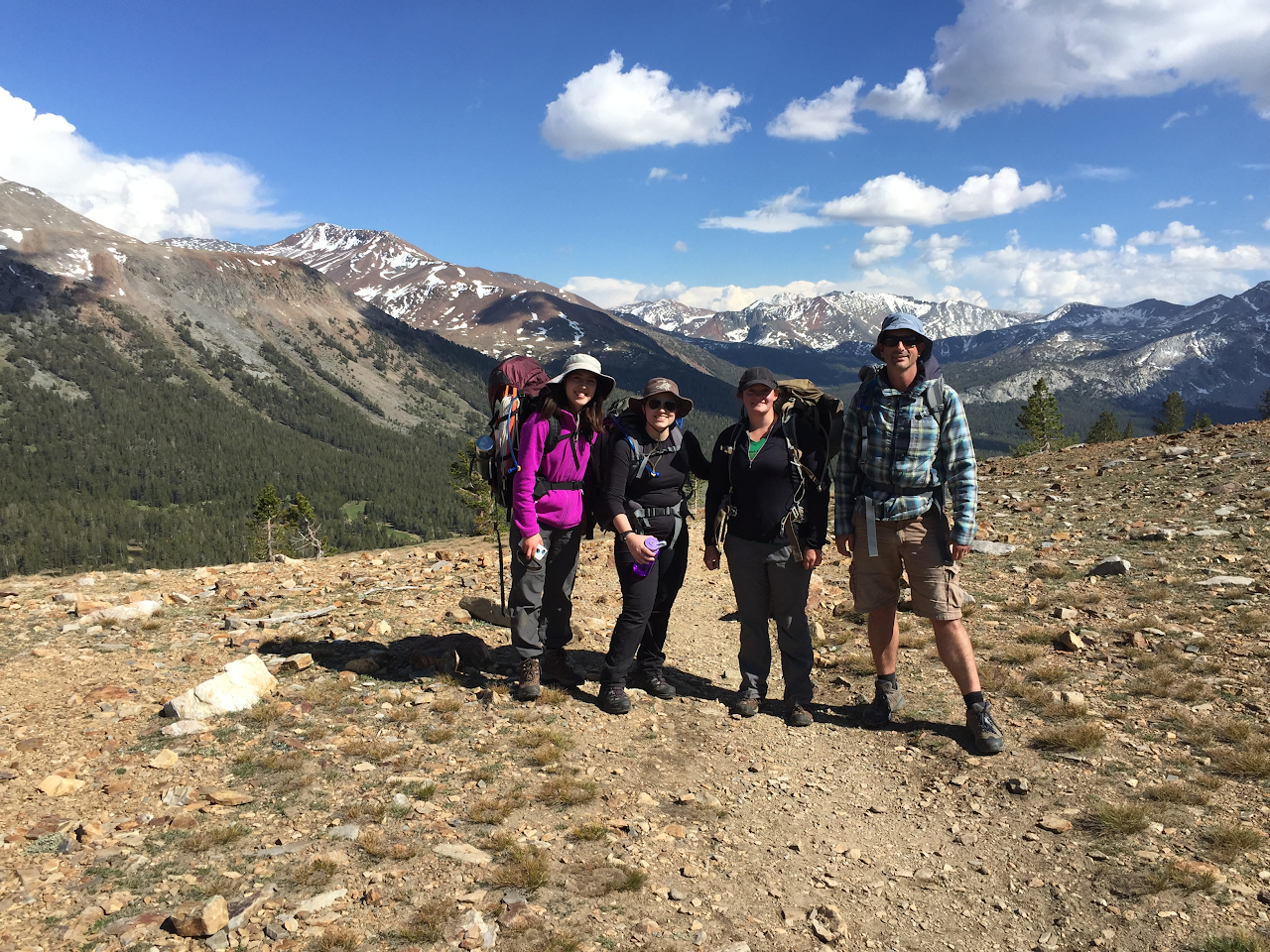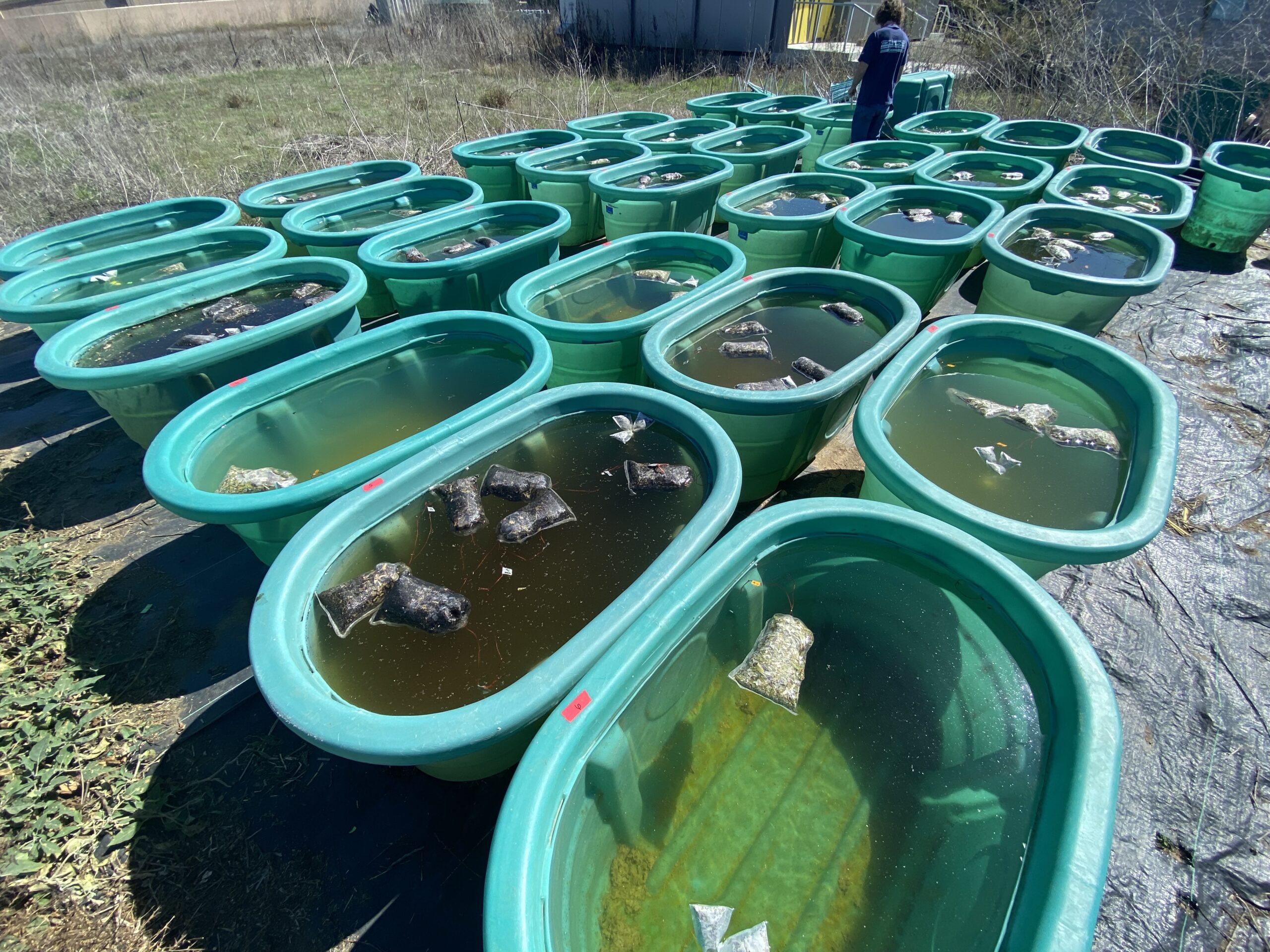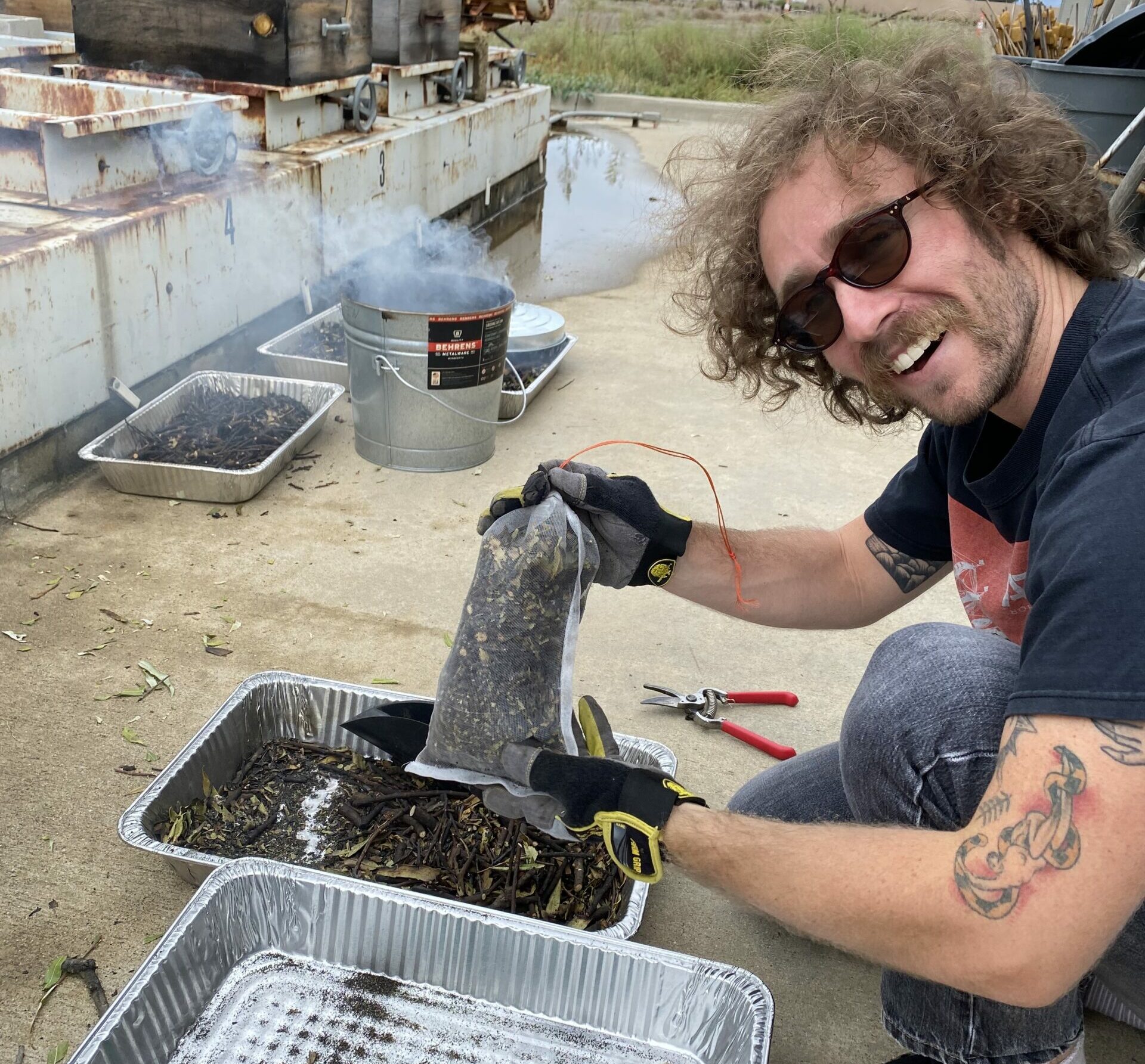Climate & Ecosystem Disturbance
Climate shapes all ecosystems, and climate change caused by human activities is redistributing the world’s biomes, creating new combinations of conditions and organisms that have never previously existed. The relationship between ecosystems and climate is variable and contingent on local conditions like chemistry of the air, water or soil, or the introduction of exotic species or extirpation of natives.

Mountain ecosystems across time
Climate variation in space and time exerts both direct effects on organisms and indirect consequences mediated by species interactions like predation and parasitism, other environmental forces like nutrient loading or adaptive evolution in populations. We have surveyed lakes in the Sierra Nevada Mountains across elevations over the past 10 years to understand how temperature amplifies or dampens the impact of perturbations like fish introduction or resource input on everything from bacteria to fish to greenhouse gases. We also test how local adaptation affects stability and persistence of populations and their community interactions.
Fire effects on aquatic ecosystems
The frequency and severity of wildfire is increasing globally and in California especially. Changes to the landscape from burning can cross boundaries to aquatic ecosystems like lakes, rivers and the ocean. The Shurin Lab and collaborators are conducting a field mesocosm experiment (codenamed “Pyromania”) to investigate the effects of fire on the incorporation of terrestrial dissolve organic carbon (DOC) into lake plankton food webs, and ecosystem processes like primary production, decomposition and the release of greenhouse gases.
Using an array of 30 mesocosms at the UC San Diego Biology Field Station we are directly manipulating terrestrial plant matter supply and quality (burned vs. unburned). This experimental design provides a relevant model for understanding the impacts of wildfire on freshwater systems. We are asking the following questions: (1) How does terrestrial loading of DOC affect trophic transfer efficiency from producers to consumers? (2) What effect does water quality have on the composition of aquatic microbiomes? (3) Does burning affect the incorporation of terrestrial DOC into aquatic food webs, the shape of biomass pyramids, the ratio of secondary to primary productivity, greenhouse gas flux, and the storage of carbon in lake sediments?


